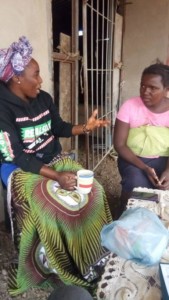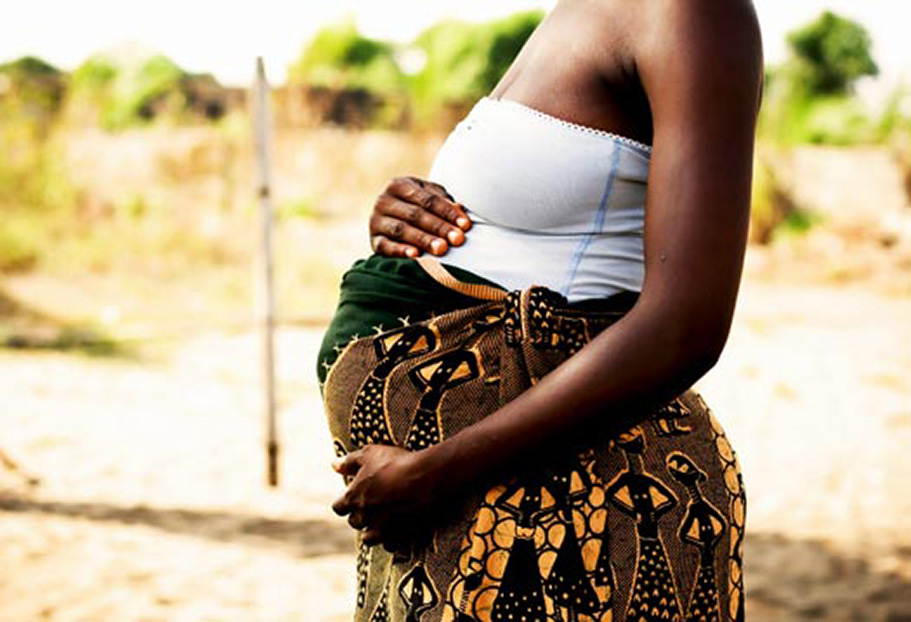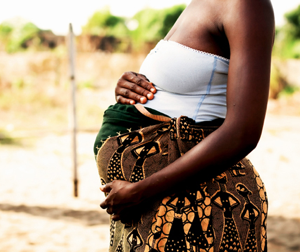Women and Health
All people have a right to health. Good health is important for full enjoyment of life. Illness, on the other hand, is an important risk factor for poverty. [1] This is true for individuals, but also for entire countries that, like Zimbabwe, are suffering from the effects of the HIV epidemic.
Health and Inequality
In Zimbabwe, as in other sub-Saharan countries, women’s health is relatively severely affected: in this context, one speaks of a so-called “health burden”. This burden is strongly influenced by inequality. This is the subject of a report [2] from 2016 with data from many countries in sub-Saharan Africa (including Zimbabwe, for the period 2010-2011). There are great inequalities not only between the sexes, but also between women. These are greatest when it comes to childbirth and pregnancy – across sub-Saharan Africa, only about half of pregnant women receive the most basic medical support. The main factors explaining these inequalities are level of education, financial situation, and place of residence, or accessibility to medical facilities. For young women under 20, it is also crucial whether they are married or not – girls who marry early have a significantly higher health burden.
In Zimbabwe, medical services for pregnant women are only moderately developed. Good health care systems for pregnant women and women in childbirth are therefore of utmost importance in order to protect women’s lives. In Zimbabwe, UNICEF reports a mortality rate of 581 women per 100,000 live births. [3] By comparison, in Switzerland, 7 women die for every 100,000 births. [4] The Sustainable Development Goals target is a global average of 30 women per 100,000. Given the current crisis in public health (said to be in a coma), Zimbabwe is likely to have taken major steps backwards in recent months. As a country with a very high rate of HIV-infected are in Zimbabwe, at least access to family planning and to HIV testing in Zimbabwe is relatively good. The HIV infection rate in Zimbabwe in 2018 was 12.7% (of 15-49 year olds). [5] Although the figure has decreased, the number remains high. Young women are at particularly high risk of infection: for every young man who becomes infected, there are now 2.5 girls and young women.
Health and gender norms
Patriarchal gender images and perceptions, just like social injustice, also have an impact on female health. In the case of HIV, this is mainly related to the high exposure of young women to older men. Many women engage in occasional sex work and are then at high risk. It is not only that clients refuse condoms. Often it is also the police who harass the women. [6] Around half of regular sex workers carry HIV.
Remedy thanks to norm change…
A comparative study published in the Lancet in December 2019 looked at programmes that combined health interventions with a commitment to tackling gender inequality and which, thanks to comprehensive evaluation, provide important insights for future interventions. [7] According to the authors, approaches are most likely to succeed if they
- involve multiple sectors (i.e. civil society, government and private sector)
- act at different levels and through different actors (e.g. acting in communities and in the broader legislative space).
- combine multi-faceted activities
- involve active participation and even empowerment
The study particularly points to the limitations of programmes that focused almost exclusively on the health and equality of individuals. There is even a certain danger of backlash here, both for the individuals and overall. This is why, according to the study, “societal and structural elements of restrictive gender norms would undermine efforts… and complicate health improvements outside of holistic, systemic approaches.” Or more simply: those who shake up socially entrenched norms will have more success in the long run.
… and active participation of the people

But that’s just it: Norms cannot be prescribed either. So the members of the target groups remain important: they need to be involved, according to the study in the Lancet, because their joint reflection in the group and community is one of the most important prerequisites for success.
Don’t forget to follow and like to see regular updates!
Footnotes and links
[1] «Health for all within a Generation», Manifest of MMS-network (Medicus Mundi Switzerland)
[2] Inequalities in Women’s And Girls’ Health Opportunities And Outcomes: A report from Sub-Saharan Africa
[3] UNICEF, Report
[4] NZZ from 8.10.2006
[5] UNAIDS 2019
[6] https://www.avert.org/professionals/hiv-around-world/sub-saharan-africa/zimbabwe



